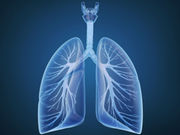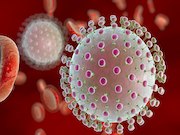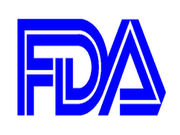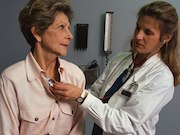CKAP4 Is Novel Serodiagnostic Marker for Lung Cancer
Serum CKAP4 levels of lung cancer patients significantly higher than those of healthy controls
Screening Blood Donations for Zika Virus Is Costly, Low Yield
Nine donations were confirmed positive; six of these had travelled to ZIKV-active areas
Nodal Metastasis Risk Up When Cancer Is Directly on the Lip
Five-fold greater risk of nodal metastasis in cutaneous squamous cell carcinoma of the vermilion lip
Many Oncologists Discuss, Recommend Medical Marijuana
But majority of oncologists don't feel knowledgeable enough to make these recommendations
Uveal Effusion Reported After Initiation of Anti-PD-1, -PD-L1
Case series IDs three patients who developed uveal effusion within one to two months of initiating tx
FDA Targets Clinics Offering Unapproved Stem Cell Therapies
Clinics claim unapproved therapies can treat number of diseases and conditions, including ALS and cancer
Crowdfunding Exaggerates Efficacy of Unproven Stem Cell Tx
Crowdfunding campaigns for unproven stem cell-based interventions underemphasize risks
Lymphoma, Leukemia Survivors Have Increased Health Care Use
Survivors who are psychologically distressed use even more services than those who aren't
Cost Savings Limited With Generic Imatinib
Imatinib's inflation-adjusted list price more than doubled from launch to entry of generic
Type 2 Diabetes Ups Risk of Renal Cancer in Women, but Not Men
Association strongest in patients with diabetes duration of five years or less



















